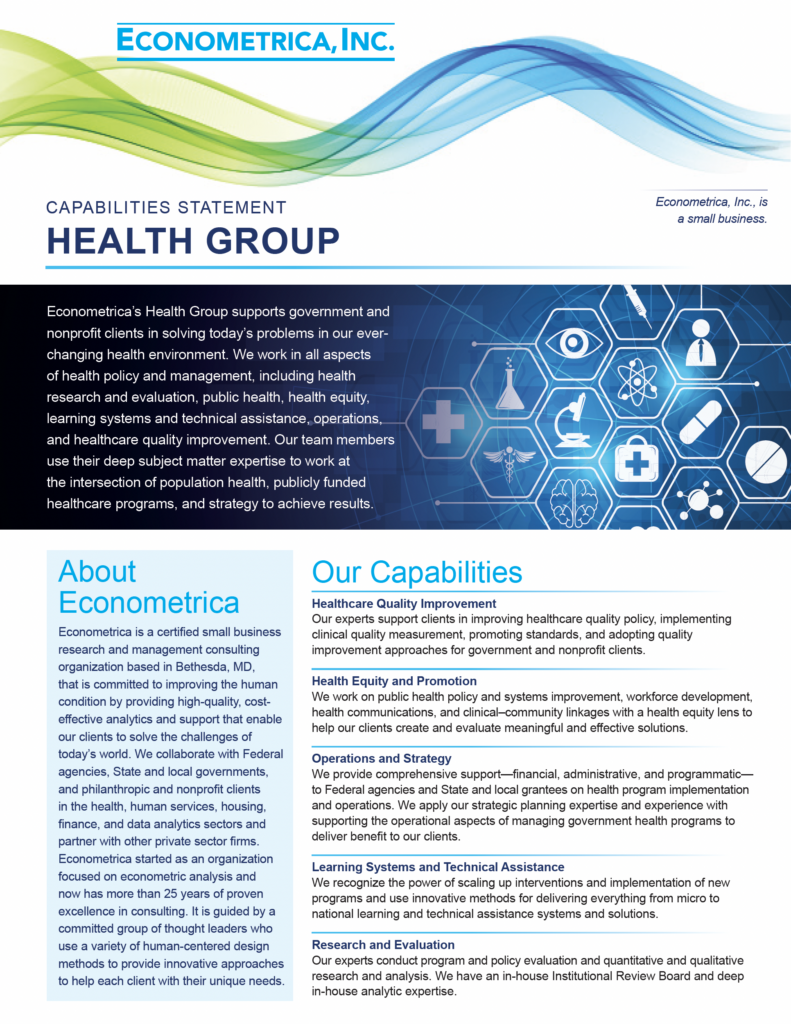President Biden’s Budget Plan Includes Major Expansion in Funding for Housing Programs
President Biden recently previewed his request for fiscal year (FY) 2022 discretionary funding, including substantial investments in affordable housing and increases to housing assistance programs.
The FY 2022 blueprint includes $68.7 billion for HUD, a $9 billion, or 15 percent, increase from FY 2021. The budget request aims to significantly expand rental assistance programs, modernize housing stock to improve energy efficiency, reduce health hazards such as lead-based paint, address the critical shortage of affordable housing, and invest in programs to strengthen communities facing underinvestment and prevent and redress housing-related discrimination. The request also aims to further support access to homeownership for underserved borrowers through the Federal Housing Administration’s mortgage insurance programs.
Some aspects of the budget request include:
- $30.4 billion to expand the Housing Choice Voucher program to 200,000 additional households and improve mobility-related services to low-income families.
- $800 million for the rehabilitation and modernization of public and HUD-assisted housing to further climate resilience and energy efficiency.
- $3.2 billion in public housing modernization grants.
- $3.8 billion for the Community Development Block Grant Program.
- $1.9 billion in the HOME Investment Partnership Program to build and rehabilitate affordable rental homes and support other housing-related needs, as well a $1800 million targeting new affordable housing for the elderly and persons with disabilities.
- $85 million in grants to support state and local fair housing enforcement organizations and to further education, outreach, and training on rights and responsibilities under federal fair housing laws.
- $400 million for HUD’s Lead Hazard and Healthy Homes grants, enabling state and local governments and nonprofits to reduce lead-based paint and other health hazards in the homes of low-income families with young children.
- $3.5 billion to support those who are homeless and at risk of homelessness.
- $900 million to fund efforts among Tribal communities to expand affordable housing and improve housing infrastructure.
The full budget blueprint can be found at:
Econometrica has provided technical assistance and training, policy and program analysis, statistical surveys and research, market and feasibility analysis, and knowledge management to HUD, housing authorities, and other organizations nationwide over the years. Since 2011, Econometrica has provided technical assistance through HUD’s OneCPD/Community Compass initiative, which has convened a community of technical assistance providers to serve the Office of Public and Indian Housing, Office of Community Planning and Development (CPD), and other HUD programs and customers. Through OneCPD/Community Compass, Econometrica has provided a variety of services, with a focus on housing, community development, economic development, and neighborhood stabilization.
Econometrica also has evaluated the Rental Assistance Demonstration program, examining the new opportunities RAD creates for public housing authorities to improve public housing physical conditions, how RAD helps PHAs preserve those units over the long term, and the impact of these changes on tenants.
Our staff and business associates comprise a diverse mix of personnel, including former government employees with decades of experience in housing and community development programs, academic researchers from distinguished universities, and highly skilled housing professionals with hands-on experience in housing management, finance, grants monitoring, and other types of support. We are dedicated to supporting our clients in their diverse missions to expand and improve affordable housing, promote homeownership opportunities, stimulate community transformation, assist with disaster recovery, comply with reporting requirements, and enhance their performance.
Econometrica also has evaluated the Rental Assistance Demonstration program, examining the new opportunities RAD creates for public housing authorities to improve public housing physical conditions, how RAD helps PHAs preserve those units over the long term, and the impact of these changes on tenants.










